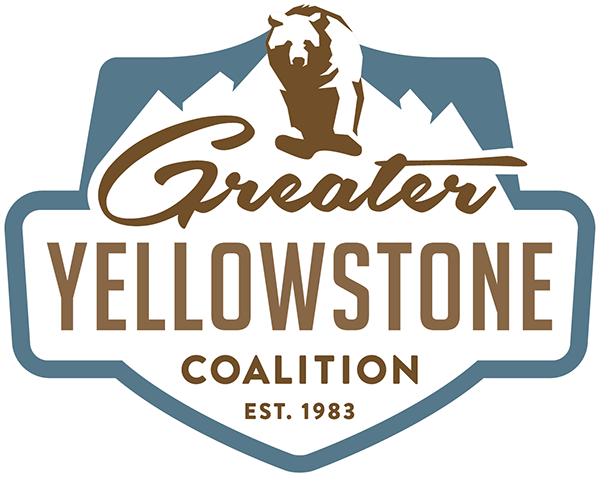Greater Yellowstone Coalition Develops Innovative Partnership to Protect Wyoming’s Iconic Elk and Ranching Livelihoods
A new voluntary, incentive-based agreement will protect a fourth-generation Wyoming cattle ranch and improve crucial winter wildlife habitat.
Lincoln County, WY – A fourth-generation cattle ranch in Lincoln County is partnering with the Greater Yellowstone Coalition (GYC) to improve winter habitat for elk, prevent disease transmission between cattle and elk, and protect the future of their ranching operation. Recognizing the need for alternative wildlife management solutions, GYC has developed innovative private land conservation agreements that reduce conflict between elk and cattle and help ranchers live alongside wintering wildlife.
"Voluntary, incentive-based initiatives are important for ensuring the conservation of wildlife and working lands in Wyoming,” said GYC Wyoming Conservation Associate Teddy Collins. “Elk occupancy agreements serve as a tool for private landowners, state agencies, and conservation organizations to protect wintering wildlife, crucial habitat, and Wyoming's ranching heritage."
Elk graze on high elevation summer habitat and migrate to low elevation habitat for the winter months. Much of the winter range in Wyoming exists on private ranchlands, like Lincoln County’s Spring Creek Ranch. Yet, the interactions between elk and livestock on private property pose challenges like disease transmission, damage to property, and a lack of winter habitat for elk. For the last century, state and federal agencies have fed wintering elk in western Wyoming to reduce conflicts and keep more elk alive.
The increasing rate of infectious disease among ungulate herds, specifically Chronic Wasting Disease (CWD), has highlighted the importance of reducing reliance on supplemental feeding efforts. In the past four months, CWD has been detected at four Wyoming feedgrounds. What was once considered a proactive management solution is now a threat to the health of Wyoming’s elk herds. Brucellosis, a disease inadvertently introduced to elk from cattle over a century ago, is another threat and causes abortions in infected animals. Continued transmission between the elk and to this day underscores the need for solutions that keep ranches in business and wildlife alive.
Since 2019, GYC has worked collaboratively with the Wyoming Game and Fish Department (WGFD), the Knobloch Family Foundation, and private landowners to develop elk occupancy agreements that offer a voluntary, incentive-based approach to wildlife management on private lands. GYC currently manages two elk occupancy agreements in Teton County and the newest agreement in Lincoln County.
"Elk occupancy agreements negotiated by GYC in Teton and Lincoln counties have significantly increased winter tolerance for elk and reduced elk damage conflicts with livestock producers on the properties under contract,” said WGFD Jackson Regional Supervisor Brad Hovinga. “Additionally, these agreements have been found to reduce time spent on elk conflict issues by both the department and cooperating landowners."
Luke Lancaster runs his family ranch at Spring Creek. The ranch has a long history of elk commingling with cattle and damaging ranch infrastructure like fence lines and haystacks. The agreement involves moving cattle off the ranch for the winter months, creating wildlife friendly fencing, and incentivizing the ranch to leave forage on crucial winter range free from cattle grazing.
“The ranch has been with my family for almost 100 years, and I want it to stay that way for another 100,” Lancaster said. “To not have to worry about elk in with cattle and a positive brucellosis test is a huge relief. This agreement really secures the future of our ranch.”
